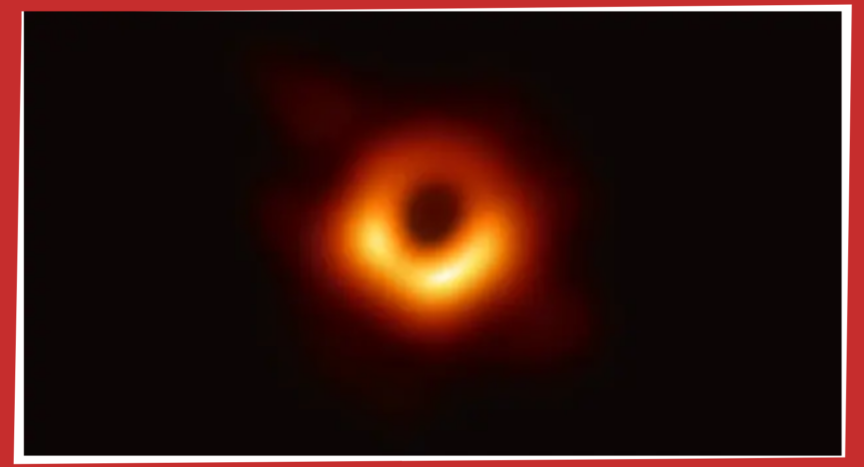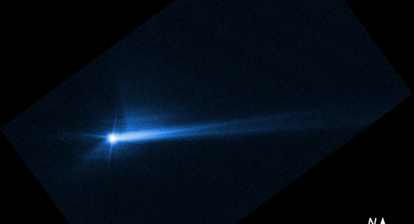A new study says that black holes have ‘quantum hair’, a property that may able to resolve an old paradox in physics.
According to quantum mechanics, information must be conserved (no-hiding theorem). It is never lost, implying that having information on an object’s final state tells us about its initial state. Essentially, information about the current moment helps to determine every other past or future moment.
Black holes are huge remnants of stars that have collapsed under their own gravity. A black hole is a region of spacetime where gravity is so strong that nothing — not even light can escape it — and if light cannot escape it, we cannot see it.
And this is where the paradox, first identified by Stephen Hawking decades ago, arises. If information cannot be lost according to quantum mechanics, what happens to the information encoded in an object as it enters a black hole? This paradox has bothered scientists for almost half a century and it is generally accepted that resolving it would require a major paradigm shift, either in quantum mechanics or Einstein’s general relativity.
However, an international team of scientists says that they have resolved the conundrum without any major changes in physics as we know it. The idea behind their theory stems from an older one known as ‘no-hair theorem’. This suggests the simplicity of black holes, in that other than mass, spin and charge they have no other distinguishing characteristics. They have no hair, thus no hair style or hair colour to distinguish them from each other.
In their new paper, published on March 17, 2022, in the journal Physical Review Letters, the team found that black holes are more complex and indeed do have hair. This conclusion was based on their decade old work in quantum gravity. Using calculations they had developed previously, the researchers compared two hypothetical stars that collapse into two black holes with the same size, spin and charge but with different chemical compositions. According to the no-hair theorem it would be impossible to figure out whether the parent stars of the black holes were initially different from each other.
The team’s calculations showed subtle differences in the gravitional field around the black hole. The information related to the compostion of the black hole was stored in gravitons (elementary particles that mediate gravitational forces). This new theory postulates that as matter (such as a star) collapses into a black hole, it leaves behind an imprint in the black hole’s gravitational field. This faint imprint is known as ‘quantum hair’ and is the mechanism by which information is conserved during the collapse. Two black holes with the same masses and radii but with different internal composition would have these faint imprints in their gravitational fields. This will give us information about the parent stars that collapsed into the black holes.
The team hopes to expand this research further towards a theory of quantum gravity.
(Stupendously large black holes?)







